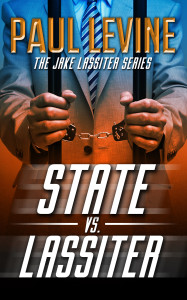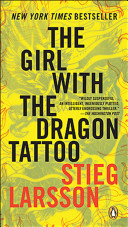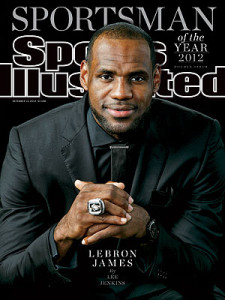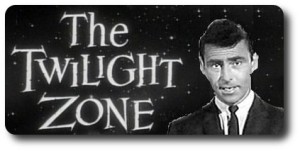Hard-boiled dialogue…the literary equivalent of a quick punch to the gut.
“It was a blonde. A blonde to make a bishop kick a hole in a stained glass window.”
“Dead men are heavier than broken hearts.”
Those hard-boiled lines come from the mind of tough-guy P.I. Philip Marlowe, which is to say from author Raymond Chandler. You’ll find the first one in Farewell My Lovely and the second in The Big Sleep, classics of the noir genre.
Many consider Chandler to be one of the founders of “hard-boiled crime fiction” featuring the weathered, world-weary and cynical private eye. However…
Hard-Boiled Can Be Humorous, Too
Hard-boiled dialogue is certainly an element of tough-guy crime fiction. But a line can be hard-boiled and humorous, too. In Alfred Hitchcock’s Notorious, the villains are Nazi spies, so it’s a serious drama…but with humorous interludes. Here’s an exchange between Cary Grant and Ingrid Bergman:
“Don’t you need a coat?” Grant asks.
“You’ll do,” Bergman replies.

Hard-Boiled? Tough Bark with a Tender Heart
All this came to mind when a reader told me that a baker’s dozen of hard-boiled quotes from my Jake Lassiter and Solomon vs. Lord books are posted on Goodreads, one of the most entertaining and informative readers’ websites.
Often Lassiter is equal parts sly and hard-boiled. The ex-second-string NFL linebacker turned renegade lawyer has a tough bark but a tender heart. Still, he shares some rueful cynicism with earlier heroes of crime fiction, and he does dispense hard-bitten lines.
“I’m a brew and burger guy in a paté and Chardonnay world. I’m as health conscious as the next guy, as long as the next guy is sitting on a bar stool.” – FALSE DAWN

“I stood there, 230 pounds of ex-football player, ex-public defender, ex-a-lot-of-things, leaning against the faded walnut rail of the witness stand, home to a million sweaty palms.” – TO SPEAK FOR THE DEAD
“A good lawyer is part con man, part priest…promising riches if you pay the fee, damnation if you don’t.” – STATE vs. LASSITER

Old Heraclitus Had it Right: “Character is Destiny”
Heraclitus wrote that “character is destiny,” which is a pretty nifty line. If he hadn’t died 2,500 years ago, he could probably get a job writing for NCIS. I’d add this corollary to Herac’s three words of wisdom: “Dialogue reveals character.” I’ve long believed that it’s better to reveal your protagonist’s character traits through his or her own voice, rather than clunky narration. I call these unspoken thoughts “internal dialogue.” Wikipedia uses the phrase “self-talk.”
From the quotes above, you might already have a feel for Jake Lassiter, even if you’ve never read any of the ten books in the series. He’s the guy they call “Last Chance Lassiter,” because he takes on impossible cases no other lawyer will touch. On the other hand, sometimes he turns down a case:
“I could have used the work, but I prefer cases I believe in. Best is to have a client you like, a cause that’s just and a check that doesn’t bounce. Two out of three and you’re ahead of the game.” – FLESH AND BONES
While defending a murder trial:
“At the prosecution table, Flagler gave me his Ivy League snicker. If I wanted, I could dangle him out the courtroom window by his ankles. But then, I was picking up penalties for late hits while he was singing tenor with the Whiffenpoofs at Yale. I’m proud of my night school diploma. Top half of the bottom third of my class.” – LASSITER
And finally from Lassiter, on the practice of law:
“We eat what we kill. Hey, they don’t call us sharks for our ability to swim.” – FOOL ME TWICE
But let’s close with a Raymond Chandler classic from the short story Red Wind:
“There was a desert wind blowing that night. It was one of those hot dry Santa Anas that come down through the mountain passes and curl your hair and make your nerves jump and your skin itch. On nights like that every booze party ends in a fight. Meek little wives feel the edge of the carving knife and study their husbands’ necks.”
Yikes!
Paul Levine
You can watch Paul’s video interviews (including one about dialogue), learn about bargain books, and make purchases on the Paul Levine Amazon Author Page.













